There can be your advertisement
300x150
How to Choose Parquet for Home: Step-by-Step Guide
Parquet made of solid and natural wood has no rivals among finishing materials. It's not that hard to figure out which parquet suits you best: we've created a simple guide for that.
Parquet made of solid and natural wood has no rivals in the market of finishing materials, but the variety of types makes choosing a challenge. Actually, it's not that hard to determine which parquet suits you best: we've created a simple 5-step guide.
1. Choose the Material
Most parquet is made from hard and durable hardwoods. Oak parquet has a well-defined texture, and its shades range from brown-green to black. A more budget-friendly option is birch parquet with a yellow-brown color and dark veins, or maple with a creamy-white tone.
In recent years, parquet made from exotic wood species such as bamboo, mahogany, and teak has appeared on the market. These types are more resistant to moisture and temperature fluctuations. Additionally, bamboo parquet is considered the most eco-friendly finishing material: bamboo stalks grow so rapidly that they don't have time to absorb pollutants from soil and air.

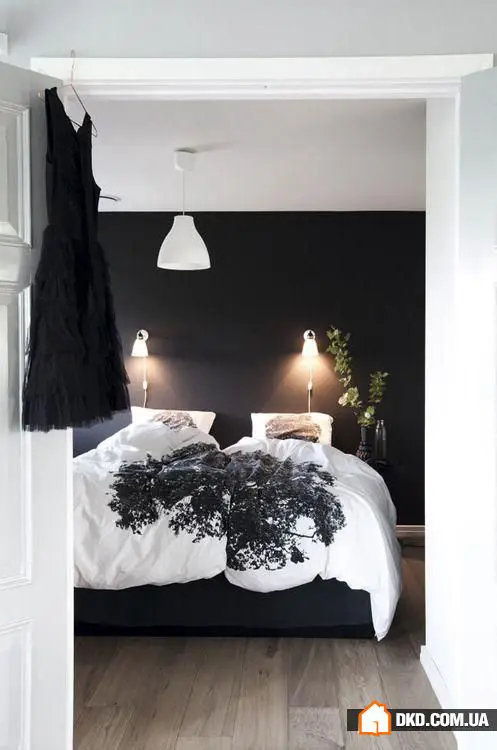

2. Decide on the Texture
Besides wood, the type of parquet also affects its cost. The cheapest finishing material is parquet boards that are ready to install, consisting of three layers made from different wood types. More expensive options like solid boards and individual planks are made of solid wood but require special installation skills.
Patterned parquet allows for creating designs on the floor. Besides the classic “fir tree” pattern, you can lay parquet with edging or experiment with different wood tones to form a “zebra” pattern. Additionally, splintered edges and irregular surface structures are no longer seen as drawbacks; even when laid side by side, such boards look expressive and colorful.
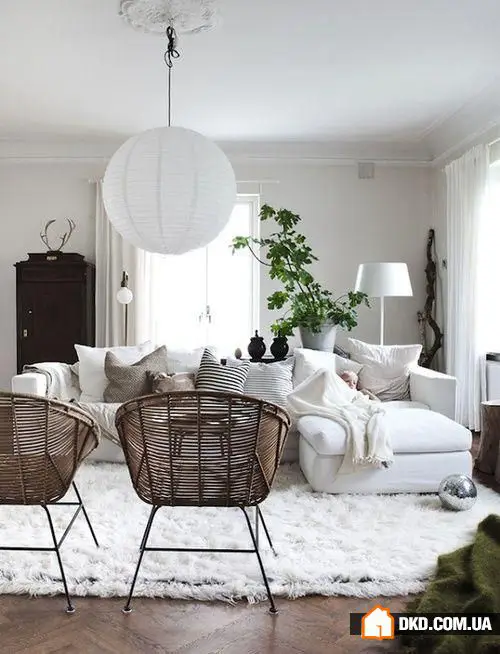

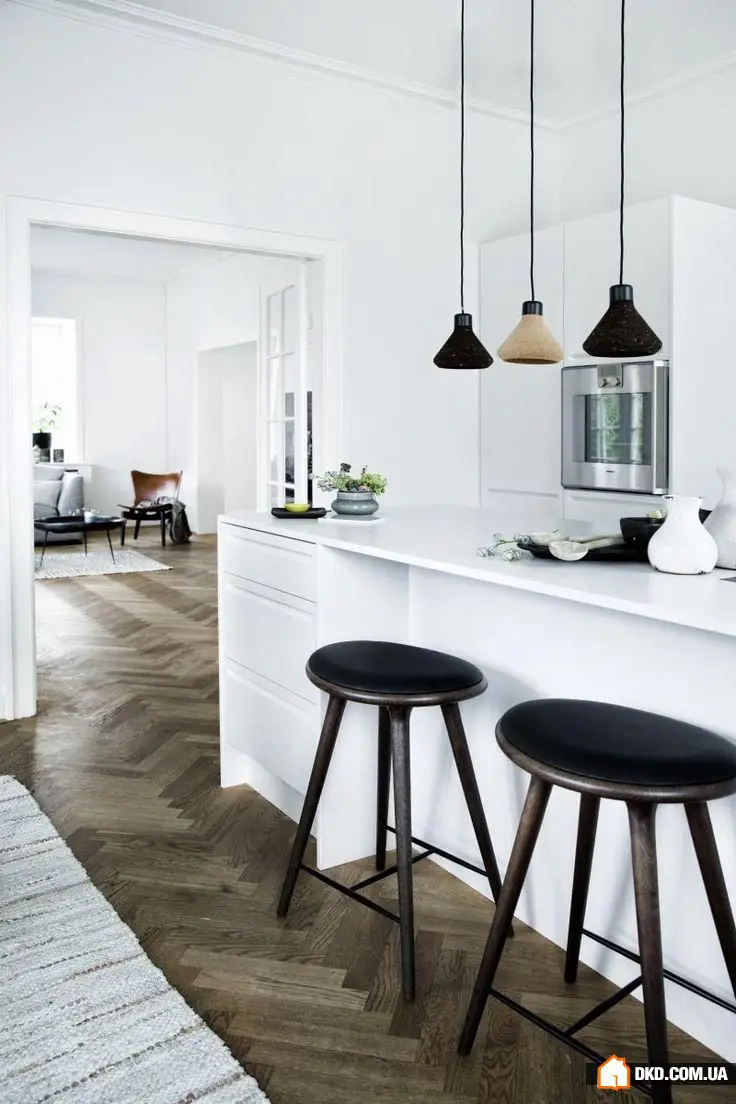
3. Find Your Color
The color choice of parquet depends on the room’s style. Light pine or maple parquet blends well with Scandinavian or minimalist interiors. Gray parquet boards look expressive in yellow or beige tones. Parquet in yellow or brown shades are easiest to incorporate into any interior: these tones pair well with any other colors. Don't be afraid to experiment with dark lacquered parquet: deep dark tones can create a graphic and elegant interior. Just don't forget to complement it with light elements — contrast plays can make the space appear more voluminous. Another successful approach is to match the parquet color with countertops or vertical surfaces of furniture: this makes the interior look more cohesive and harmonious.
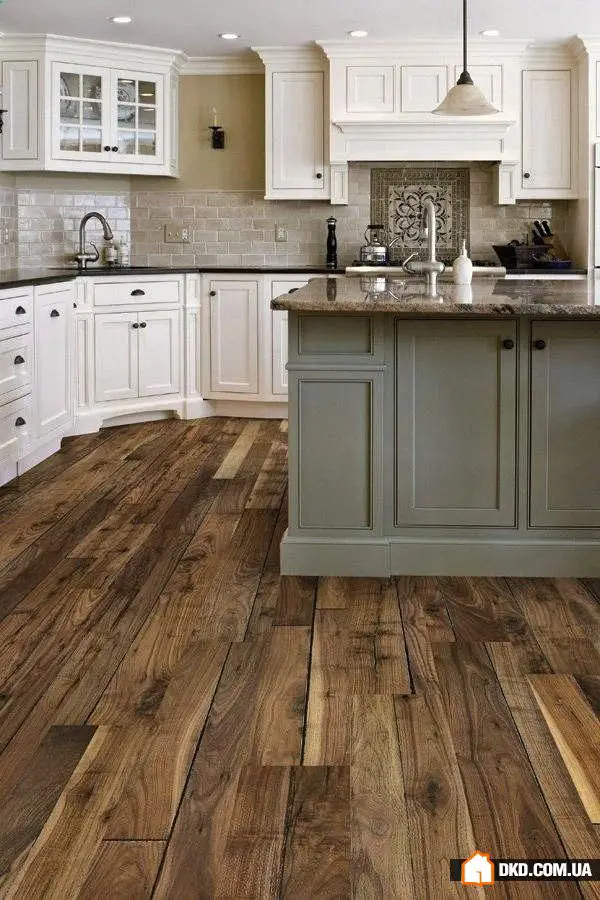
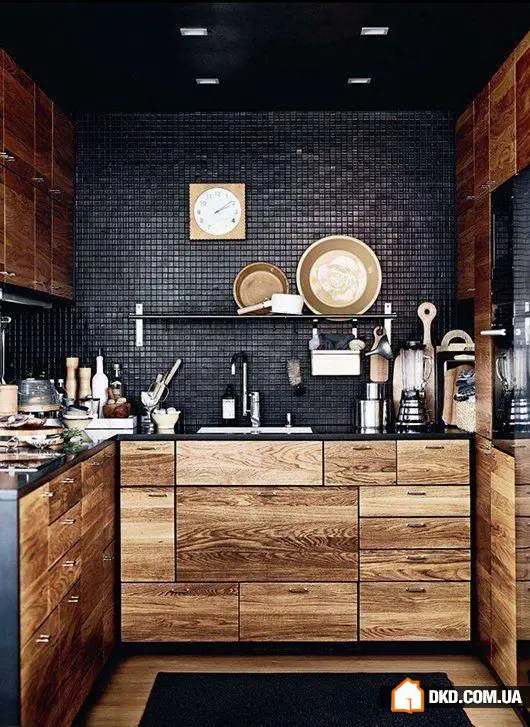
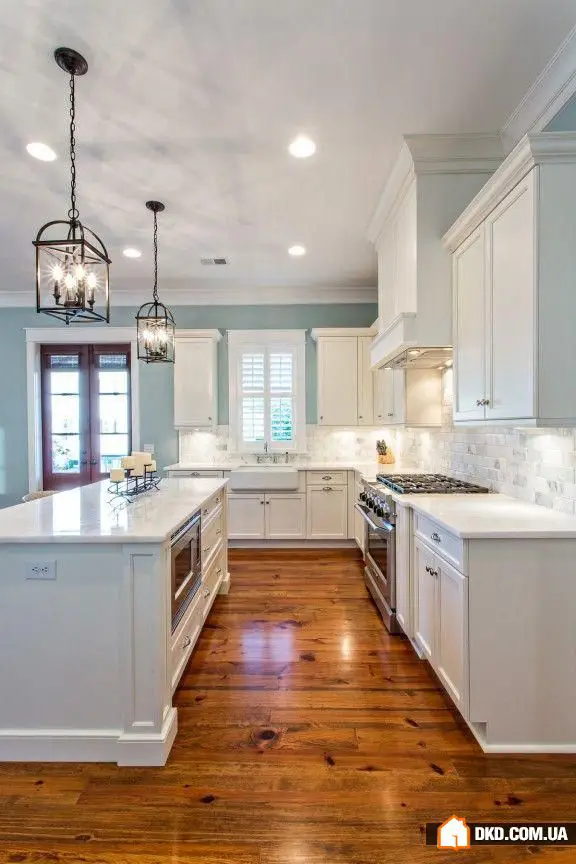
4. Apply the Finish
To make your parquet last for many years, you need to coat it with oil or lacquer. Oil allows you to feel the texture and warmth of wood underfoot, while lacquer seals the wood pores and feels like a smooth glossy surface.
Working with oil is easier — even someone without special knowledge can handle it. However, an oil coating usually needs to be refreshed once a year on average. Lacquered parquet is more durable: you won’t need to sand it again for 6–7 years. If you want to lay parquet in a bathroom, coat the boards with a special water-repelling solution.
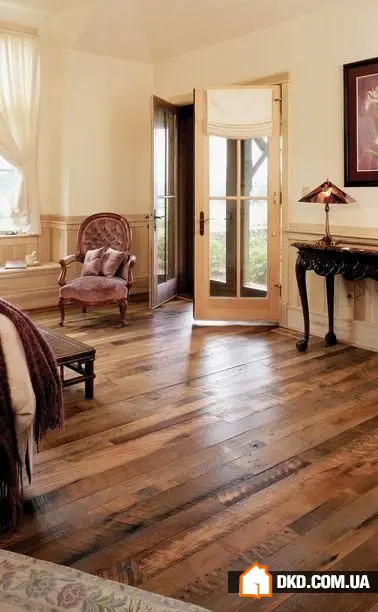


5. Consider Room Characteristics
Parquet can also be used to model problematic spaces. For example, laying boards across the room visually expands the space, and wide parquet looks strikingly in small rooms. In other cases, parquet is laid along the window.
Wide parquet is not suitable for rooms with sharp temperature and humidity fluctuations: if the apartment is too dry in winter, boards will soon crack. For such apartments, specialists recommend parquet up to 110 mm wide.
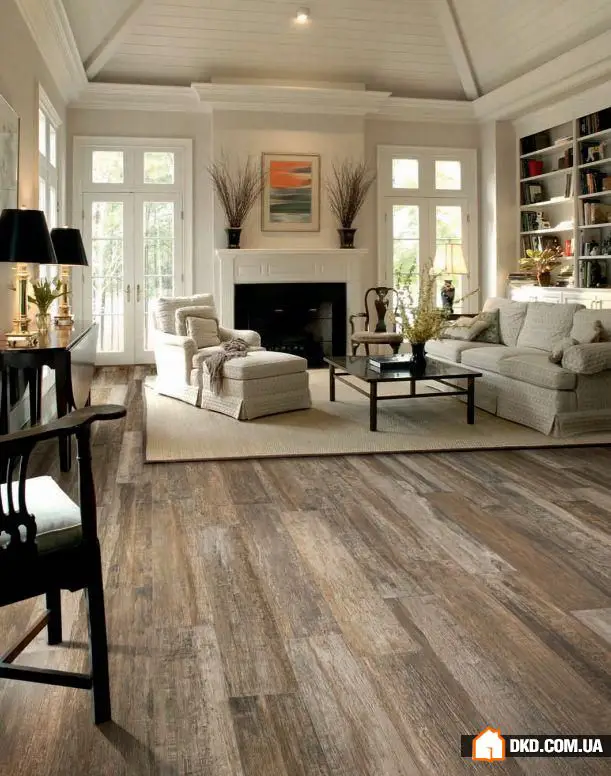
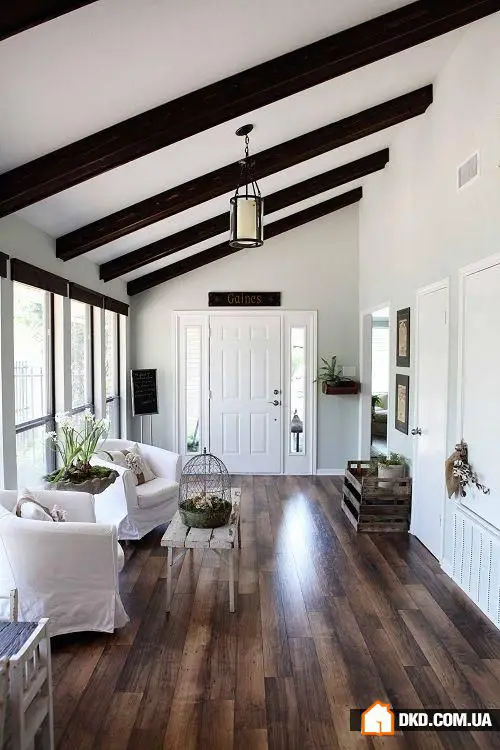
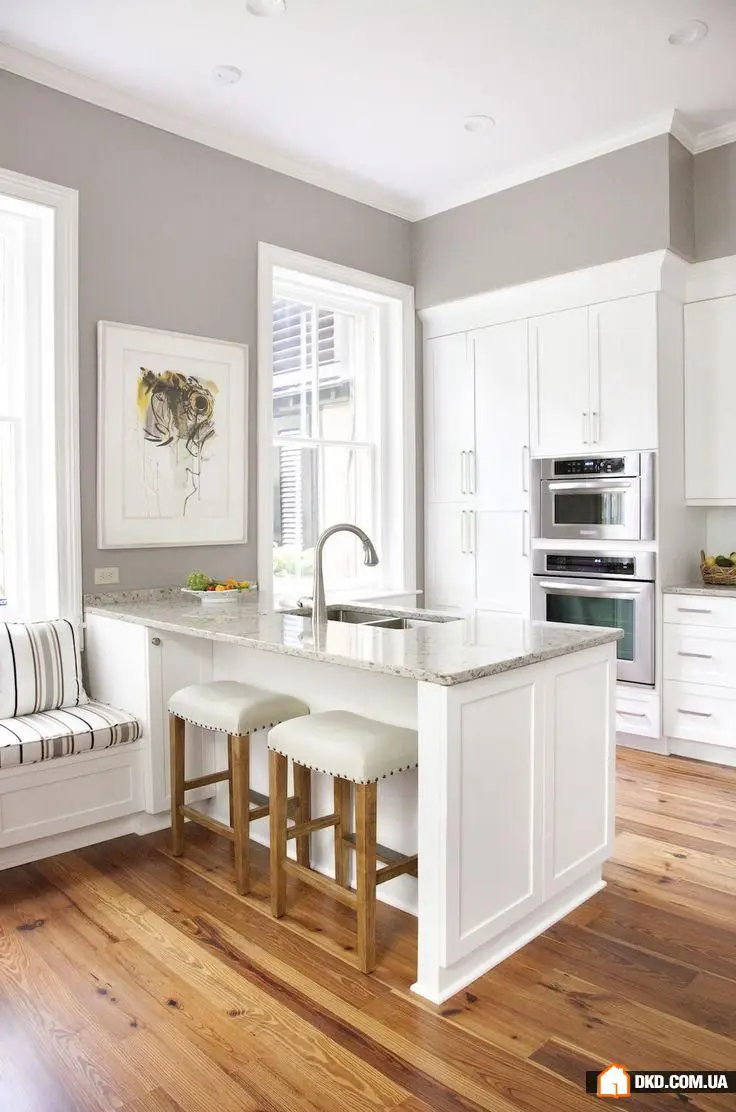
More articles:
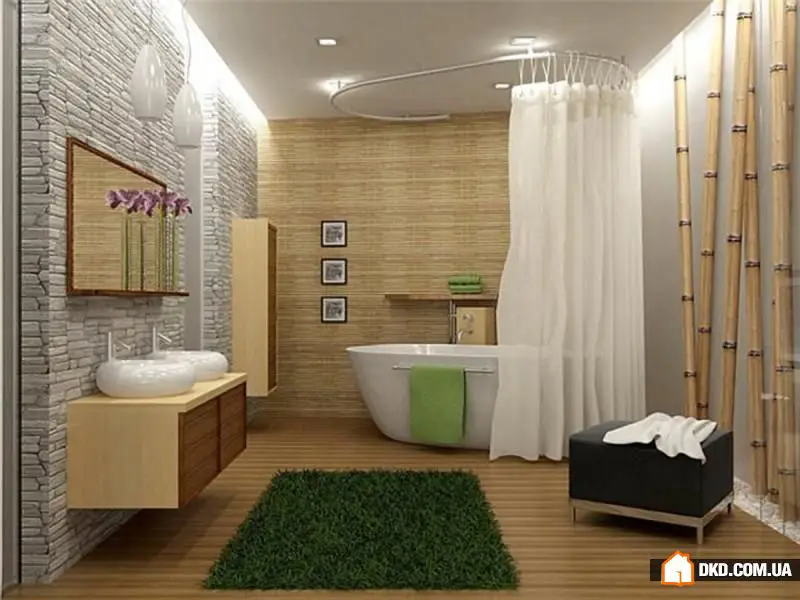 20 Luxurious Bathroom Designs Filled with Charm and Serenity
20 Luxurious Bathroom Designs Filled with Charm and Serenity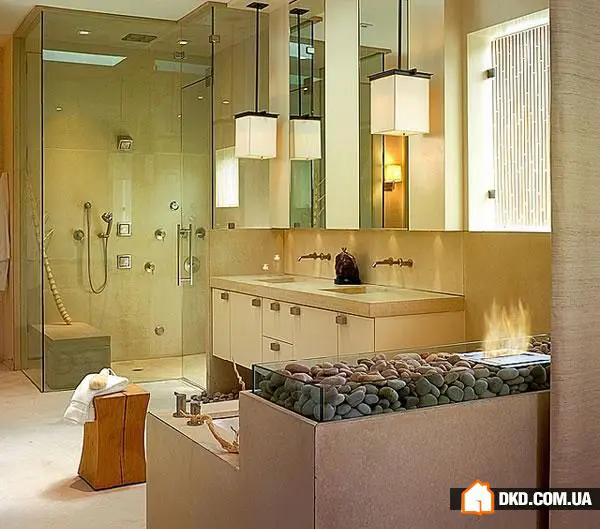 15 Exceptionally Modern Fireplace Design Ideas to Warm You This Winter
15 Exceptionally Modern Fireplace Design Ideas to Warm You This Winter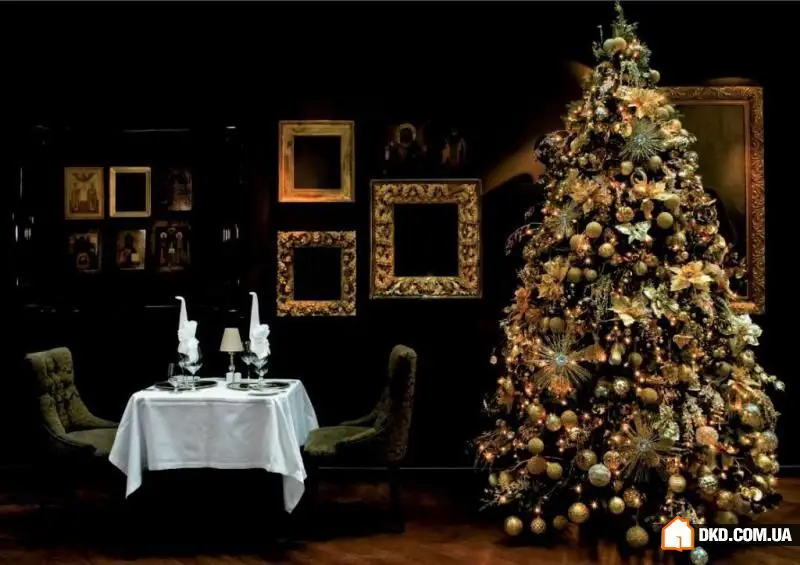 42 Ideas for Decorating Your Christmas Tree That You Should See This Year
42 Ideas for Decorating Your Christmas Tree That You Should See This Year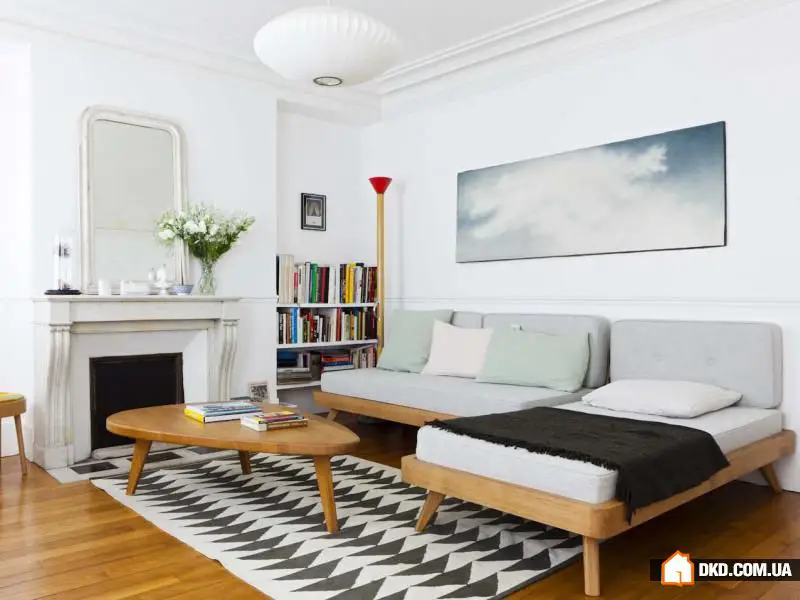 How to Create Your Dream Interior: 5 Practical Tips
How to Create Your Dream Interior: 5 Practical Tips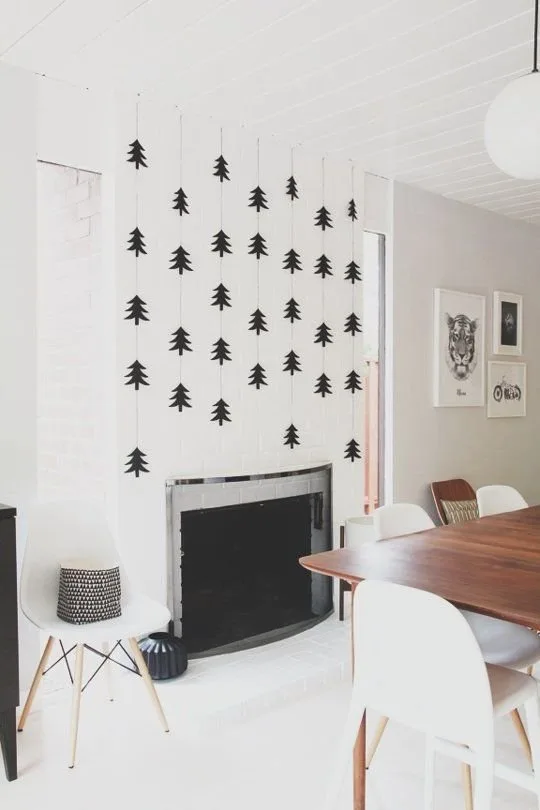 Christmas in Scandinavian Style: 7 Key Elements of Decoration
Christmas in Scandinavian Style: 7 Key Elements of Decoration Week's Room: Bathroom with Maritime Theme
Week's Room: Bathroom with Maritime Theme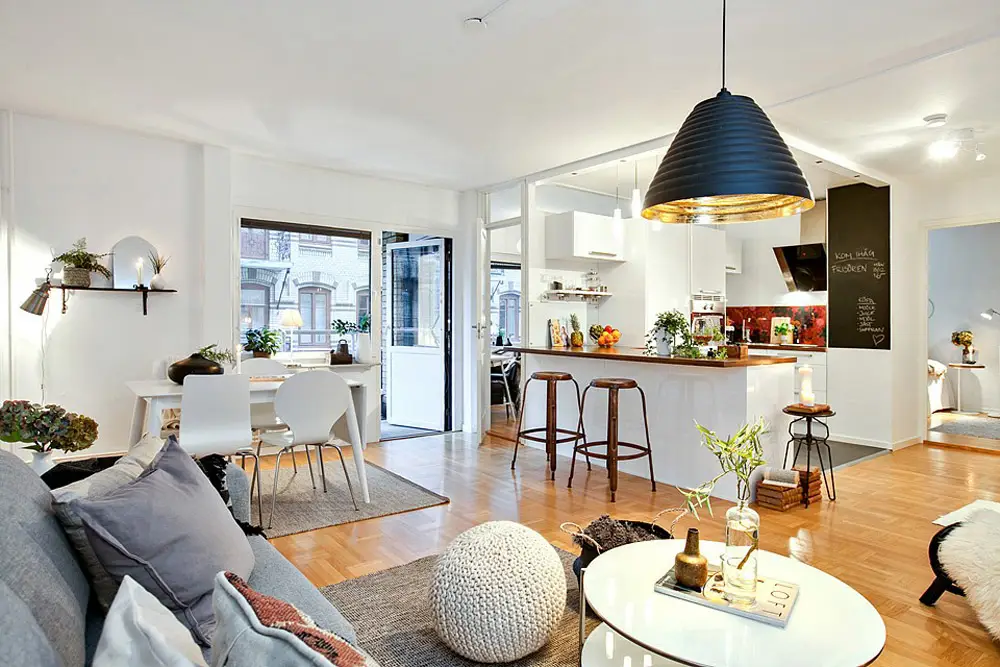 How to Properly Zone Space: A Successful Example
How to Properly Zone Space: A Successful Example 15 Best Ideas for Organizing a Wardrobe in the Bedroom
15 Best Ideas for Organizing a Wardrobe in the Bedroom